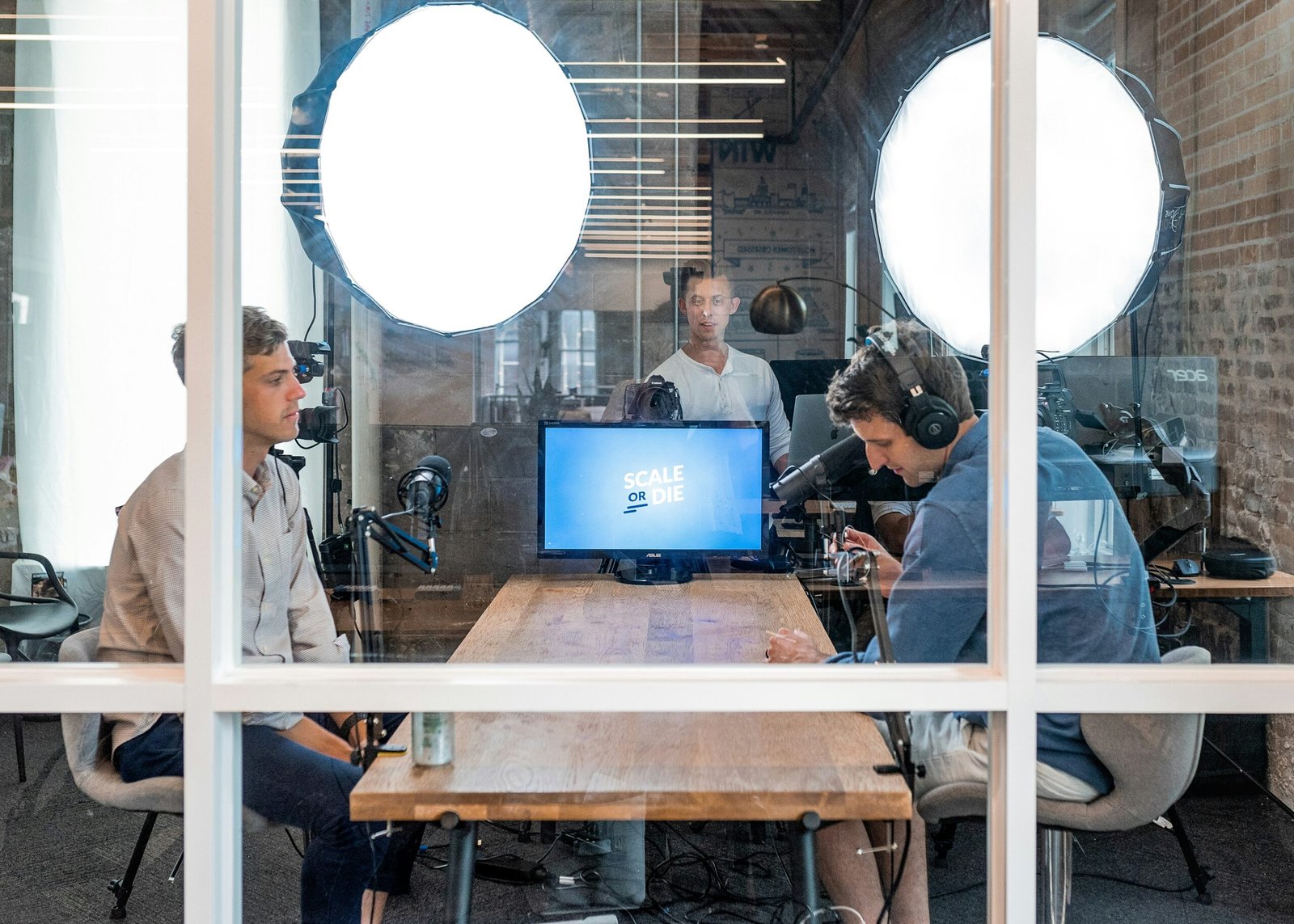Exploring the Vibrant Lifestyle Trends in Modern Peru
Cultural Fusion: The Heart of Peru’s Lifestyle
Peru’s contemporary lifestyle is a vibrant reflection of its rich history, marked by a unique cultural fusion that blends traditional customs with modern practices. This dynamic interplay has given birth to a variety of lifestyle trends that showcase the multifaceted identity of contemporary Peruvian society. At the core of this fusion are the numerous cultural festivities that take place throughout the year, which not only celebrate local traditions but also embrace global influences. Events such as Inti Raymi, a traditional Incan festival, exemplify how Peruvians honor their heritage while inviting modern interpretations and adaptations.
The culinary landscape of Peru serves as another prime example of this cultural amalgamation. Renowned for its diverse ingredients and flavors, Peruvian cuisine has become a symbol of the country’s lifestyle. Chefs are increasingly incorporating indigenous ingredients like quinoa, potatoes, and a variety of local herbs into modern dishes, creating a gastronomic experience that bridges past and present. This culinary innovation not only garners international acclaim but also fosters a sense of national pride among the Peruvian population, as they celebrate their culinary heritage in new and exciting ways.
Moreover, the incorporation of indigenous elements into everyday life, from fashion to architecture, manifests the ongoing relevance of traditional customs. Urban areas now see a resurgence of designs that reflect indigenous artistry, merging modern aesthetics with time-honored techniques. This visible celebration of Peru’s heritage in the fabric of daily life enriches not only local communities but also attracts global tourism, thereby positioning Peru as a destination for those eager to experience its vibrant lifestyle.
In essence, the cultural fusion within Peru serves as the heart of its contemporary lifestyle, weaving together historical significance and current innovations that create a unique tapestry of experiences for both residents and visitors alike.
Urbanization and Its Impact on Peruvian Living
Peru has experienced significant urbanization over the past few decades, particularly in its capital city, Lima, which is now one of the largest cities in South America. This surge towards urban living has not only transformed the physical landscape but has also reshaped the daily lives of its inhabitants. The increase in population density has led to a rise in demand for housing, leading to innovative architectural solutions and the development of diverse neighborhoods that reflect a mix of traditions and modern lifestyles.
The shift from rural to urban living has introduced new dynamics in terms of transportation. Public transport systems, such as buses and the Lima Metro, have been expanded to accommodate the growing population, enhancing connectivity across the city. However, this rapid urbanization has also brought challenges, including traffic congestion and pollution, which remain significant issues for urban planners and residents alike. Efforts to address these concerns involve promoting sustainable transport options, such as cycling and walking, as well as investing in greener technologies.
Furthermore, urbanization in Peru has impacted social interactions and cultural practices. Traditional Peruvian customs are increasingly blended with influences from urban lifestyles, resulting in a vibrant cultural tapestry. Local markets, once primarily found in rural areas, now thrive in urban settings, providing a space for the exchange of not only goods but also cultural experiences. This blend fosters a unique lifestyle where old and new coexist.
As Peru navigates the complexities of urbanization, the country faces both opportunities and challenges. Celebrating traditional practices while embracing innovation creates a dynamic living environment. The definition of lifestyle in Peru is in constant evolution, as urbanized living reflects broader global trends while maintaining a distinct identity rooted in its rich cultural heritage.
Health and Wellness Trends in Peru
In recent years, Peru has witnessed a significant shift toward health and wellness, driven by a growing awareness of the importance of physical fitness, nutrition, and mental health. This trend is not merely a passing fad but represents a fundamental change in lifestyle choices that is resonating deeply within various communities across the nation. Popular fitness activities such as yoga, Zumba, and outdoor sports are becoming increasingly mainstream, with numerous gyms and community fitness programs emerging to cater to the rising demand.
Meanwhile, dietary changes are also at the forefront of Peru’s health revolution. Traditional Peruvian cuisine, known for its fresh ingredients and diverse flavors, is being adapted to align with contemporary health trends. Organic farms and local markets are thriving as the population develops a keen interest in clean eating and sustainable food sources. Superfoods such as quinoa, maca, and aji amarillo are gaining recognition not only for their nutritional benefits but also for their cultural significance. This shift towards wholesome eating is complemented by a resurgence of interest in natural remedies and holistic practices, many of which are deeply rooted in ancient Peruvian traditions.
In addition to improvements in physical health, there is a noticeable rise in mental health awareness among Peruvians. The stigma surrounding mental health issues is gradually diminishing as individuals and communities prioritize emotional well-being. Counseling services, mindfulness, and meditation programs are being implemented in various institutions, making mental health an integral part of overall wellness. This fresh perspective is fostering strong community engagement and encouraging healthier lifestyle choices.
Overall, Peru’s health and wellness trends reflect a broader commitment to a balanced and fulfilling lifestyle, shaped by cultural heritage and contemporary influences. As these trends continue to evolve, they are not only enhancing individual lives but also uniting communities around shared values of health and well-being.
Digital Influence: The Role of Technology in Peruvian Lifestyle
In modern Peru, the integration of technology into daily life has transformed various aspects of the lifestyle, reflecting broader global trends while also retaining unique cultural elements. The rise of digital platforms has affected social interactions significantly, with social media playing a central role in how individuals connect, share experiences, and create communities. This shift has made it possible for Peruvians to engage with friends and family through various online channels, fostering a sense of belonging that transcends geographical barriers.
E-commerce has also experienced considerable growth, revolutionizing commerce by providing businesses with platforms to reach wider audiences. Local entrepreneurs are leveraging social media to market their products, often utilizing visually appealing content to attract potential customers. This digital influence in commerce encourages innovation and creativity, helping traditional crafts gain visibility among contemporary consumers.
Furthermore, the rise of influencers in Peru has introduced a new dynamic to lifestyle trends. These individuals often reflect or create lifestyle narratives that resonate with young audiences, promoting contemporary values and interests that can simultaneously challenge traditional practices. Influencer marketing has become a lucrative avenue for brands looking to connect with user demographics that are increasingly digitally savvy.
However, it is important to acknowledge the challenges posed by the digital divide in Peru. While urban areas show high levels of internet access and technology use, rural regions continue to struggle with connectivity issues. This disparity can hinder equitable access to information and opportunities, creating a gap that affects lifestyle choices for those in less connected regions. As Peru continues to embrace technology, addressing these challenges remains crucial for ensuring that the benefits of the digital era are available to all segments of the population.









